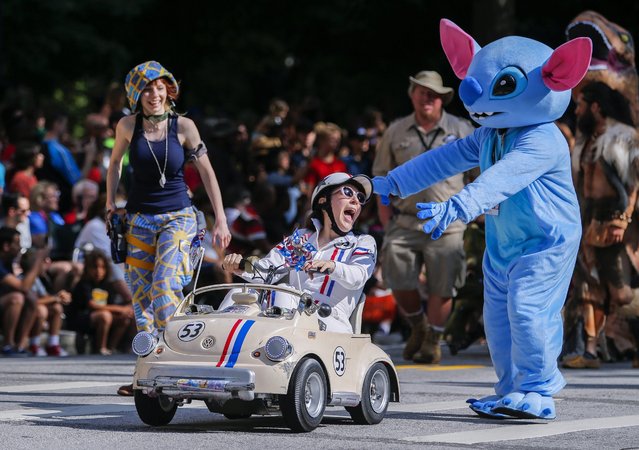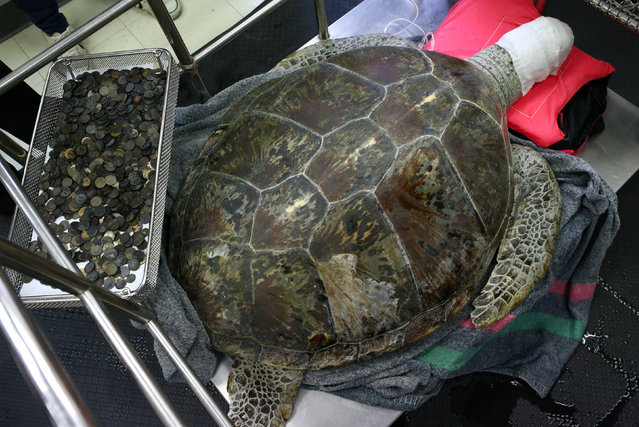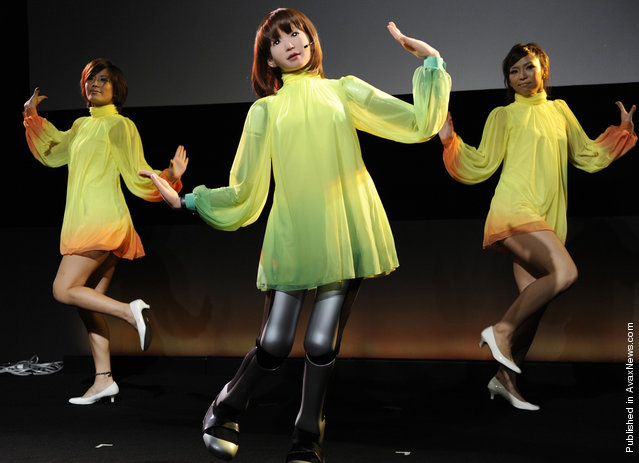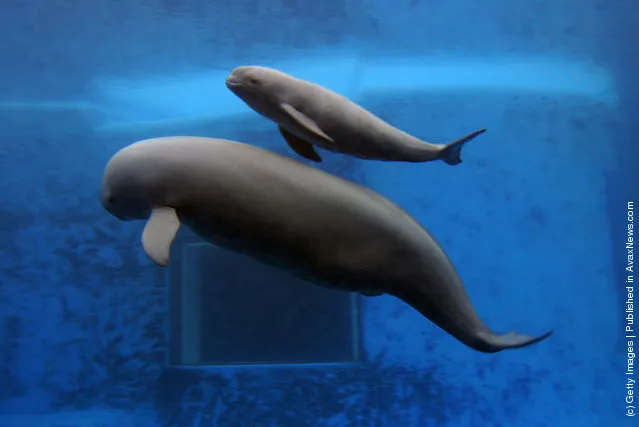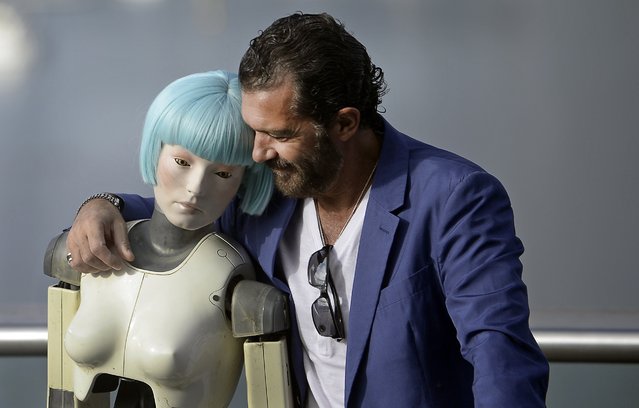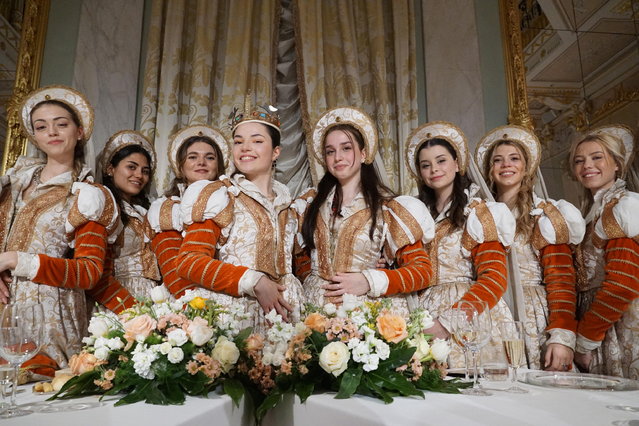
Silvia Zecchin (4L) wearing a crown poses with a group of Maries, at the end of the ceremony that crowned her Maria of Carnival 2024, in Venice, Italy, 13 February 2024. The young student of Political Science at the University of Padua, in addition to teaching rhythmic gymnastics to children, was elected at the end of the Gala Dinner hosted in the Apollinee rooms of the Teatro La Fenice in Venice and hosted by Maurice Agosti and Alice Bars. (Photo by Andrea Merola/EPA)
24 May 2025 02:16:00,post received
0 comments


